bactrim and fluconazole together
Over the past few years, CrossFit has become something of a toxic brand. But for the 60% of members who are women, CrossFit is often a vital part of their wellbeing regime, as Alice Porter has been finding out.
What comes to mind when you hear the word CrossFit? If it’s a room full of shouty men throwing huge weights around, then you’re not alone. In my experience, loads of people think of CrossFit as this intimidating, male-dominated sport – partly because that’s how it was first advertised.
But while you will undoubtedly find the odd grunting character who loves nothing more than slamming down a barbell twice their weight in one of the 62 CrossFit boxes across London, you’ll also find nurturing, diverse communities where fitness has enabled female friendship to flourish.
You may also like
“A message to every single man who feels the need to give women ‘advice’ at the gym”
CrossFit is rooted in the idea of making people more functionally fit through HIIT, Olympic weight lifting and gymnastics, with gyms (aka ‘boxes’) running hour-long sessions that get broken into mobility warm-ups, strength or skill practice, and a workout of the day (WOD).
If that sounds intense, that’s because it is: the sport has received some criticism over the years, with critics believing that the combination of Olympic weight lifting and high-intensity exercise can cause injury. But CrossFit devotees argue that you’re less likely to get injured during a CrossFit class compared to working out by yourself because each session is led by trained coaches.
Founded in 2000, the CrossFit brand was supposed to be this all-encompassing lifestyle approach to sport, diet and community. Today, most CrossFitters are box-loyal rather than brand-loyal. That’s hardly surprising following the resignation last year of CrossFit founder Greg Glassman, who tweeted a series of offensive comments about the Black Lives Matter movement and George Floyd. That scandal was the final straw for many affiliated gyms, who distanced themselves from the brand and Glassman to focus on running their individual boxes.
Community first, gains second
Dani Ren’e Gaskell opened a CrossFit box in Tooting in south London with her partner, Steve Richardson, in 2016, and a second box in Streatham in 2018. “We loved CrossFit as a sport, and as personal trainers, we realised that not everyone had the athletic ability or knowledge to do it on their own without getting hurt,” Gaskell says. “We also wanted to create a community in London that you don’t usually get when you live in a big city.”
Gaskell and Richardson have had huge success in making their box a welcoming space, mostly attracting beginners. What is particularly special about the Streatham and Tooting boxes is that 75% of their members are women, which might be surprising for those who assumed CrossFit is dominated by men.
Gaskell explains that all of the women in her box know and champion each other, and almost everyone has formed friendships as a result of being a member of the box.
“It sounds cliche but the community is amazing,” says Sophie, 26, who is a member of CrossFit Tooting. “I have so many friends at the box and it has become a huge part of my social life.”
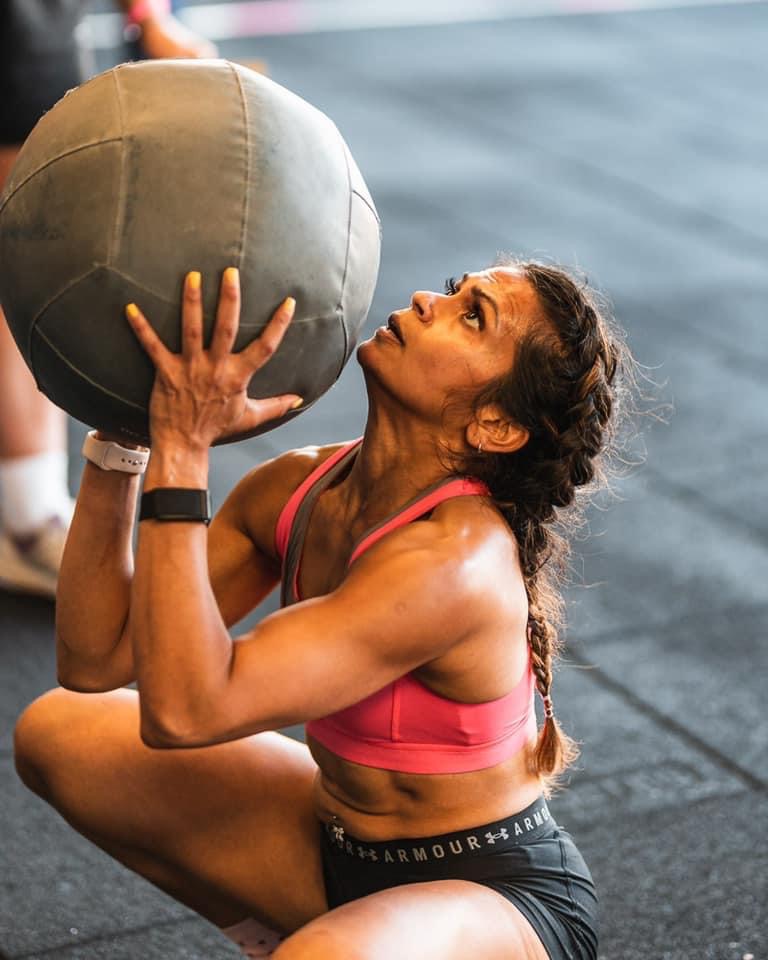

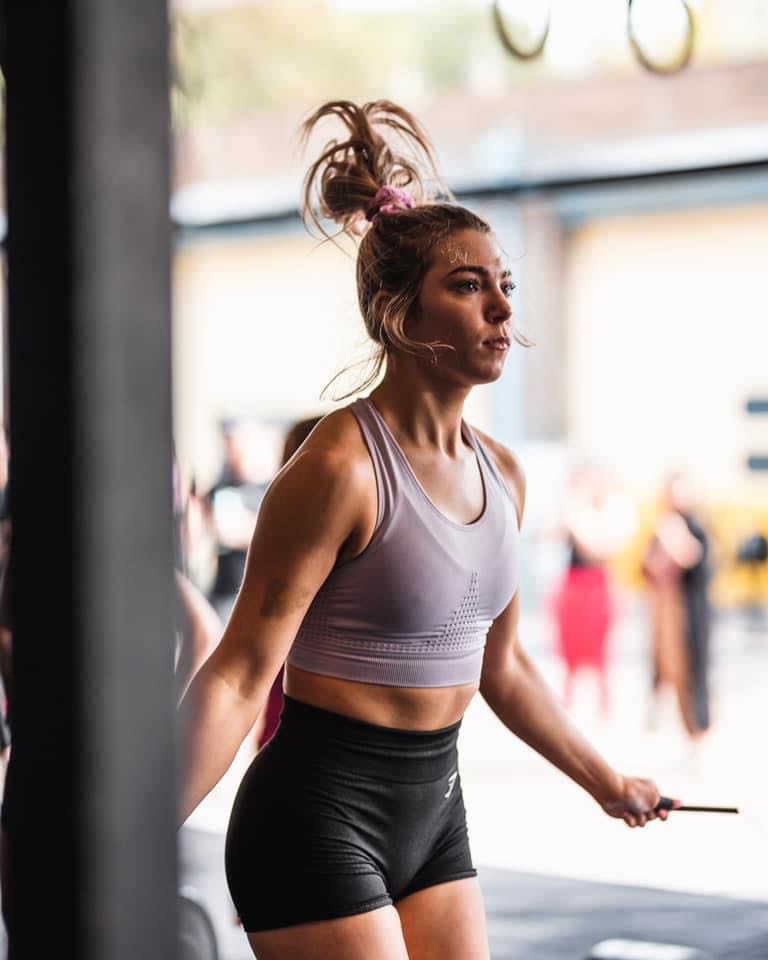

Lucy, 26, also trains at the Tooting box and she says that the community doesn’t deserve the reputation it’s often given. “There’s a misconception that CrossFit can be ‘cult-like’, but it’s the same as hanging out with your football or netball team. Everyone is very similar so it’s only natural to make friends with people who share your hobbies and interests,” she says.
To get strong, you’ve got to focus on what your body can do
Many CrossFit boxes have something called testing week, during which you try to reach your one rep max for the weightlifting moves you have been working on. Lucy says that those testing weeks have an “epic atmosphere” because of the way in which “everyone celebrates everybody’s else’s success”.
CrossFit training programmes tend to focus on hitting goals and learning new skills and Gaskell explains that this is the reason so many women enjoy it. “When women come to train here, the area of measurement for success changes,” Gaskell says. “We focus on performance so what you look like doesn’t matter. You get to see what your body can do instead of what it looks like.”
Grace Lilley co-founded a CrossFit box in Surbiton called Motion in 2018, and she explains that she has a similar approach to fitness at her box: “We try to take the focus away from the scales and put it into performance, how they’re feeling and confidence. It has to be enjoyable because if you don’t enjoy it, you’re not going to stick to it and make progress.”

Another Grace who made CrossFit her main form of exercise two years ago explains how switching to that kind of strength training has transformed her mindset: “It has changed the focus in my training from how I look to how I perform, which is so much more rewarding.
“I love looking strong, but now I feel strong and I have proof that I’ve made crazy progress in my lifts, my fitness and skill level.”
Grace isn’t unique; Ali has had a similar experience. She tells Stylist that doing CrossFit has allowed her to have “great relationship with food” for the first time in her life “because if I don’t eat enough I can’t perform at the gym”. It’s allowed her and others to see their bodies as engines that need fuel to achieve more.
Championing gender equality at all levels
One thing that makes CrossFit different to your usual workout or gym is that it’s both a mode of exercise and a professional sport. Unlike many other sports, CrossFit is renowned for championing gender equality, with women and men doing exactly the same exercises, given the same amount of airtime and afforded equal recognition and compensation in the annual CrossFit Games.
“I like to think women are becoming more at the forefront of CrossFit,” says Carolyn, a senior coach at CrossFit London. “For me, I always feel safe (while training), and in a world right now where women don’t feel safe, I never need to worry here.”
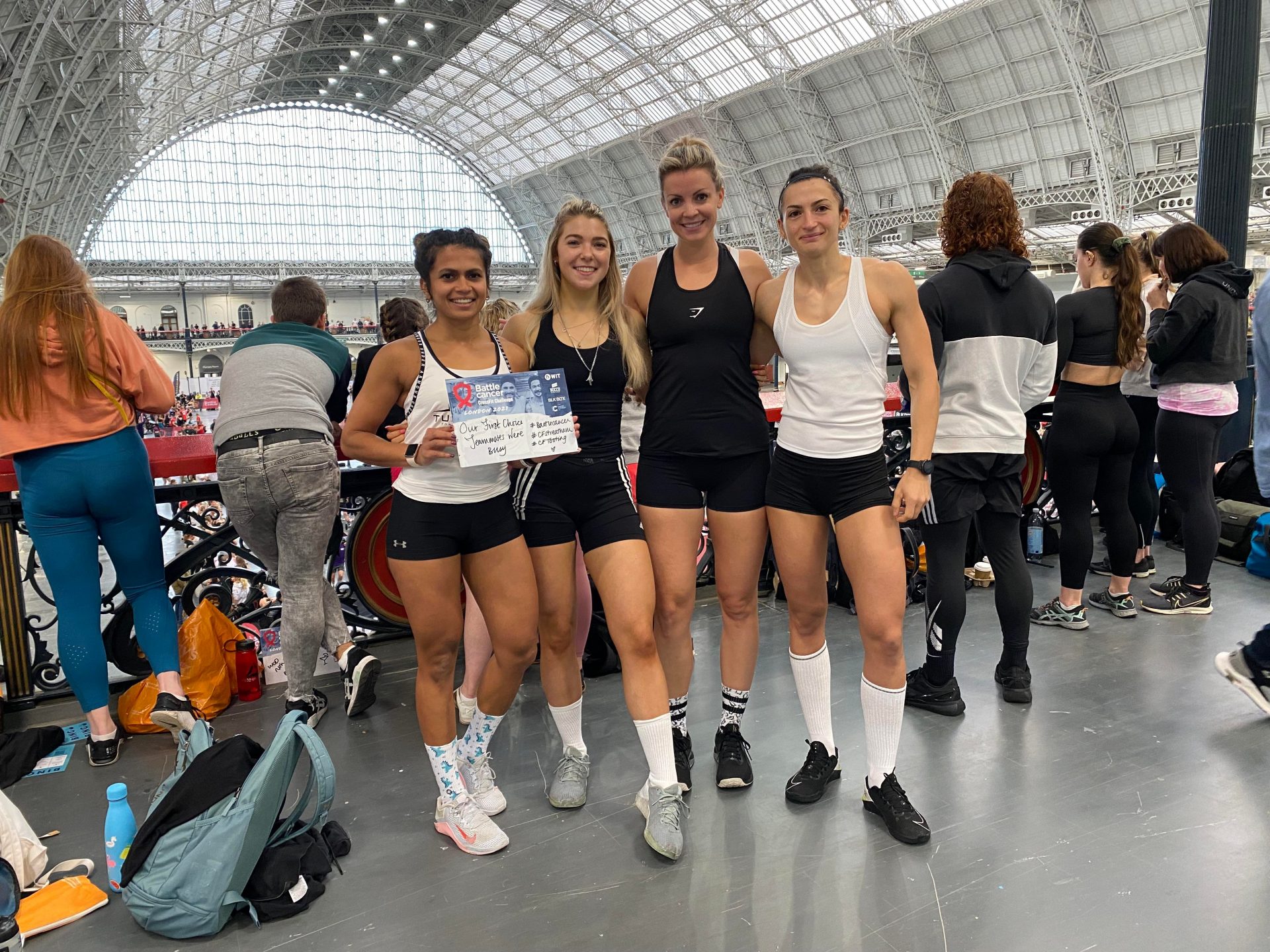

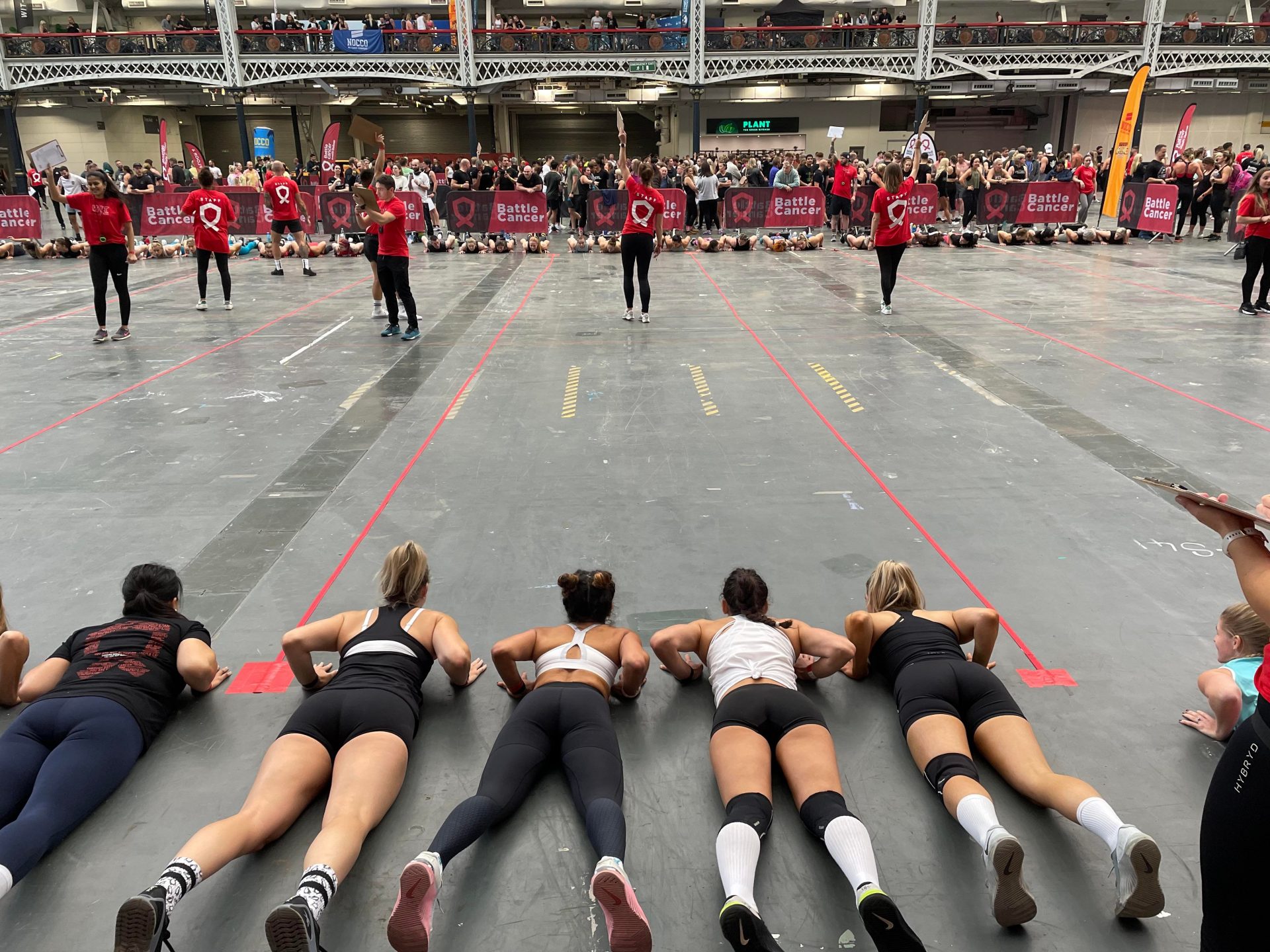

Of course, however inclusive and holistic CrossFit may claim to be, there is one big barrier to mass participation: pricing. Signing up to a box is expensive: monthly memberships start from £130 in some boxes and go up to nearly £200.
But the training and coaching allows you to make impressive progress with your skills, strength and fitness in short amounts of time, and classes are capped at around 16 participants. Often, far fewer people turn up, which means that you’re getting more of a PT session than a group exercise class.
Lilley explains that the pricing at her CrossFit box, Motion, is carefully considered: ”You’re not paying to just use the space and to use equipment, you’re paying to have all your workouts programmed for you and to get coached.”
Most CrossFit boxes offer training programmes tailored to individuals and specifically designed to meet your goals. “I was put off by the cost initially, but you get such an incredible workout in just an hour,” says Sophie. “I’m the fittest and strongest I’ve ever been. Last year I ran a sub-2 hour half marathon with no running training. It was purely from the fitness I had from CrossFit, and a couple of weeks ago I deadlifted twice my bodyweight after just a couple of weeks of deadlifting programming.”
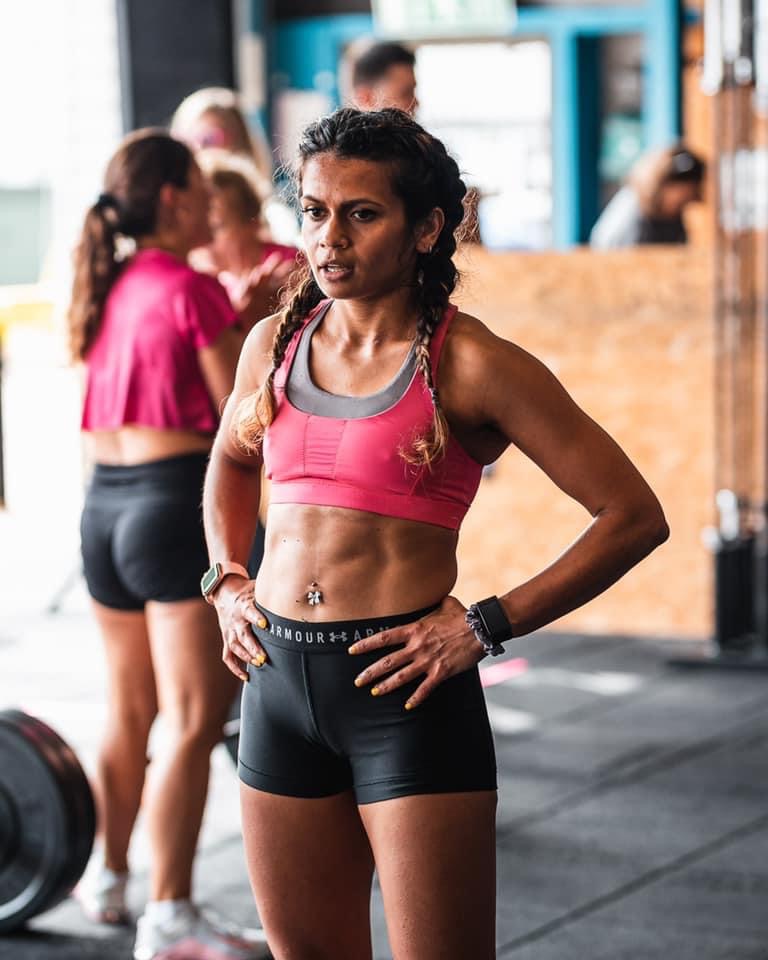
Nikhita, 32, joined CrossFit Streatham in 2020 and says that the coaching at the box has made a huge difference for her: “I couldn’t do a single pull up back when I started in June 2020 but I can string together a few butterfly pull-ups now. I also achieved a bodyweight clean and jerk in August this year!”
With research showing that 60% of CrossFit athletes worldwide are women, there’s never been a better time to try it out at a local level. “My favourite thing about it is also how everyone is so different,” Ali says, having joined her first box four years ago.
In my own experience, in spite of all of the misconceptions attached to it, CrossFit is the perfect beginner-friendly workout for women – at least for those of us who want to get seriously strong and make mates for life in the process.
For more long reads, first-person features and workout tips, visit the Strong Women Training Club.
Images: David Chadwick, Ali Blow, Lewis Hopkins
Source: Read Full Article
